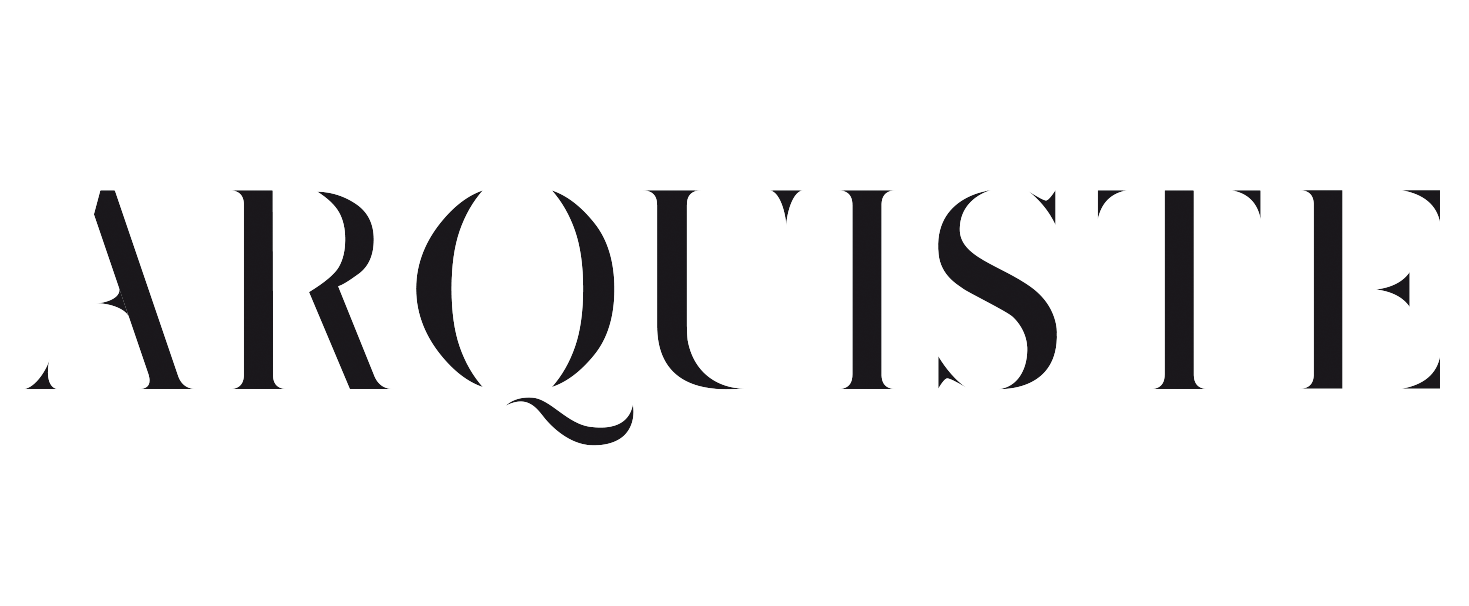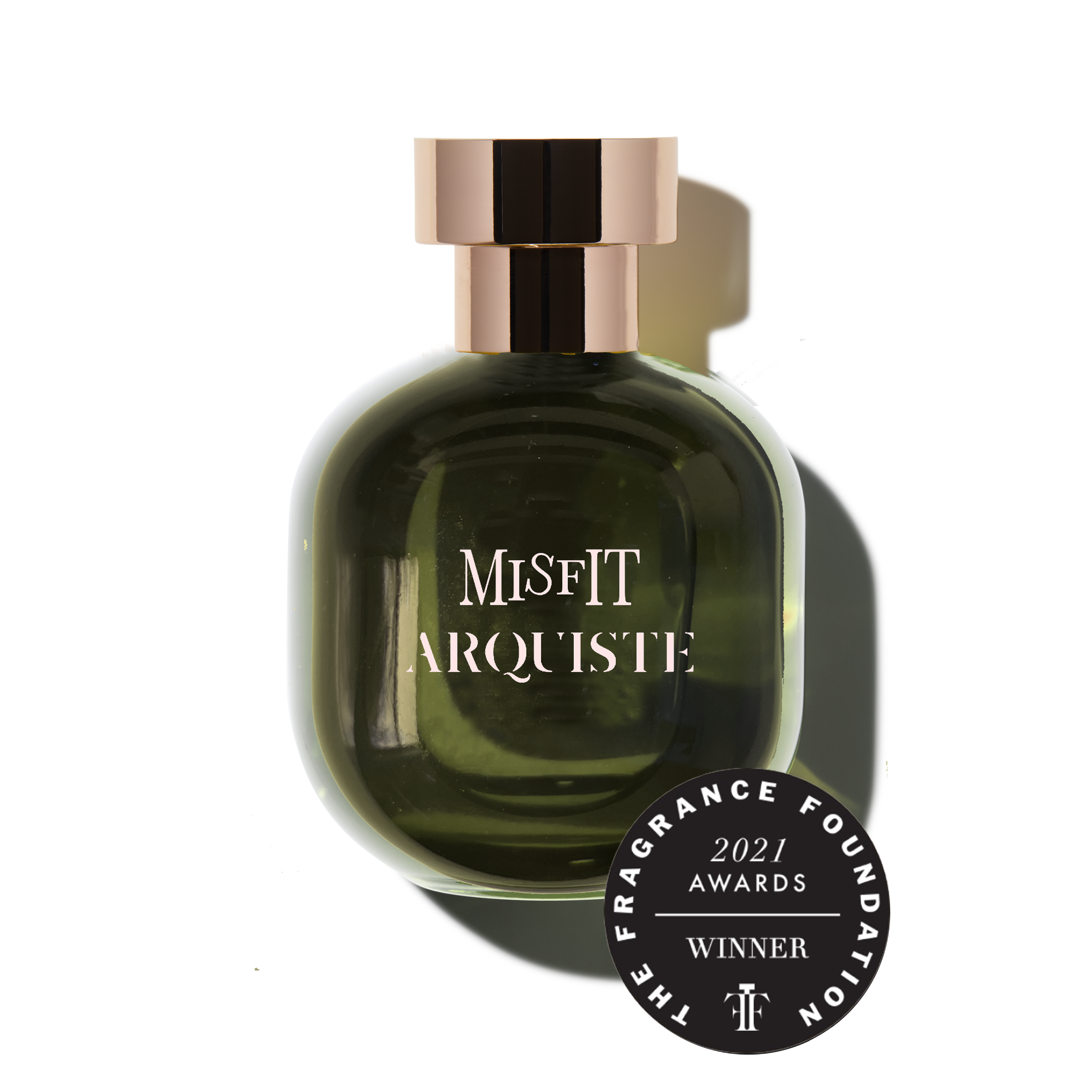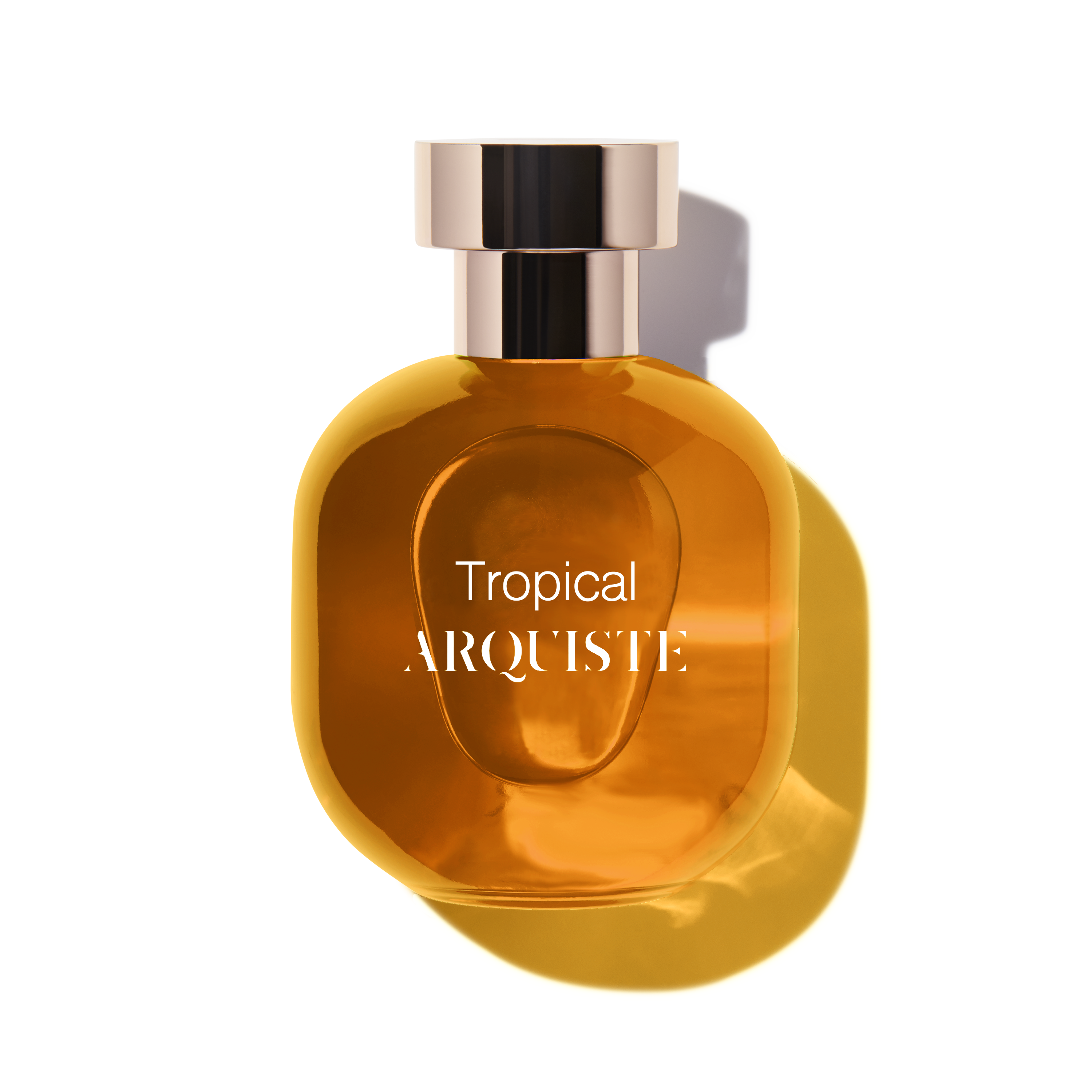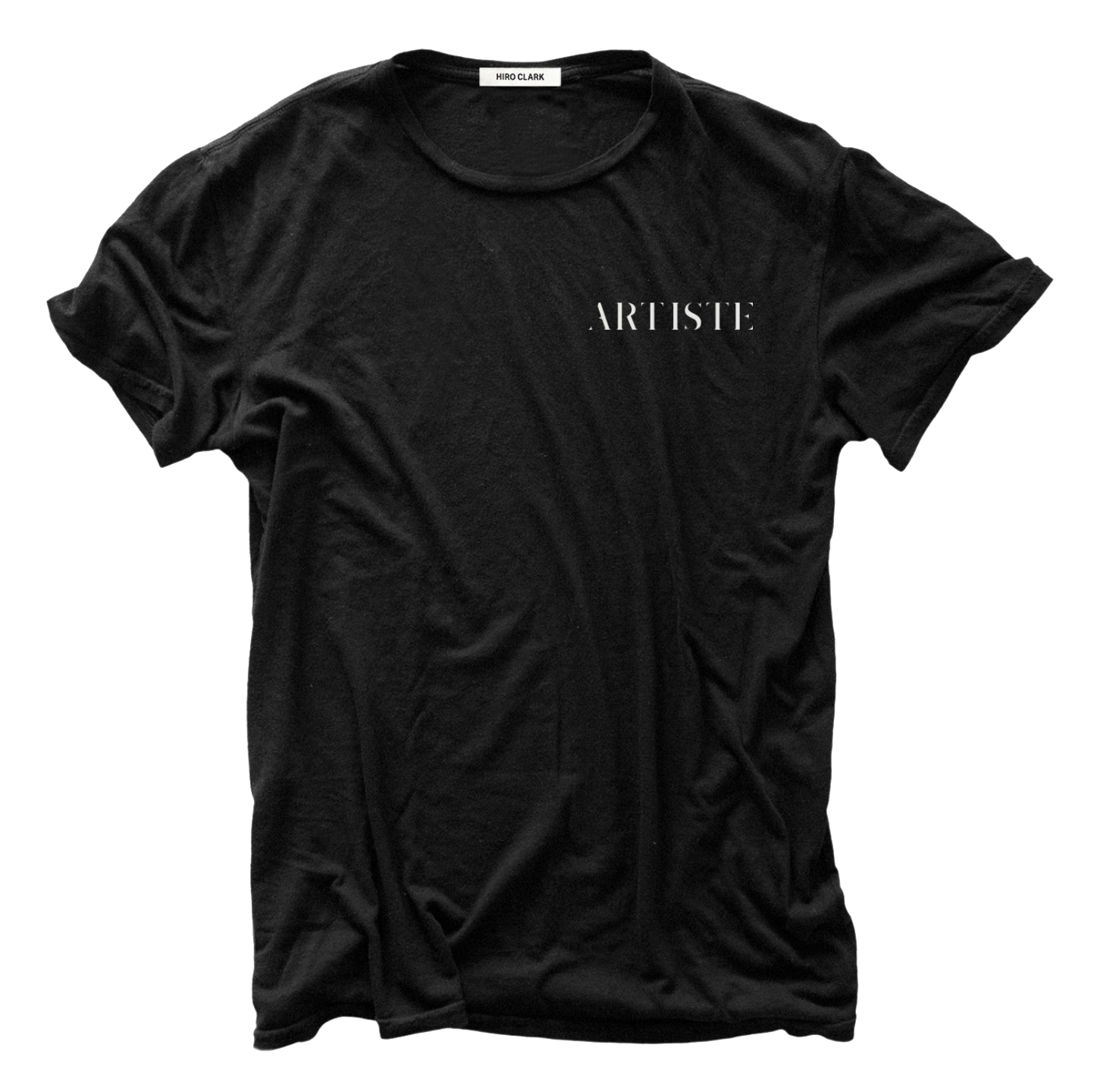
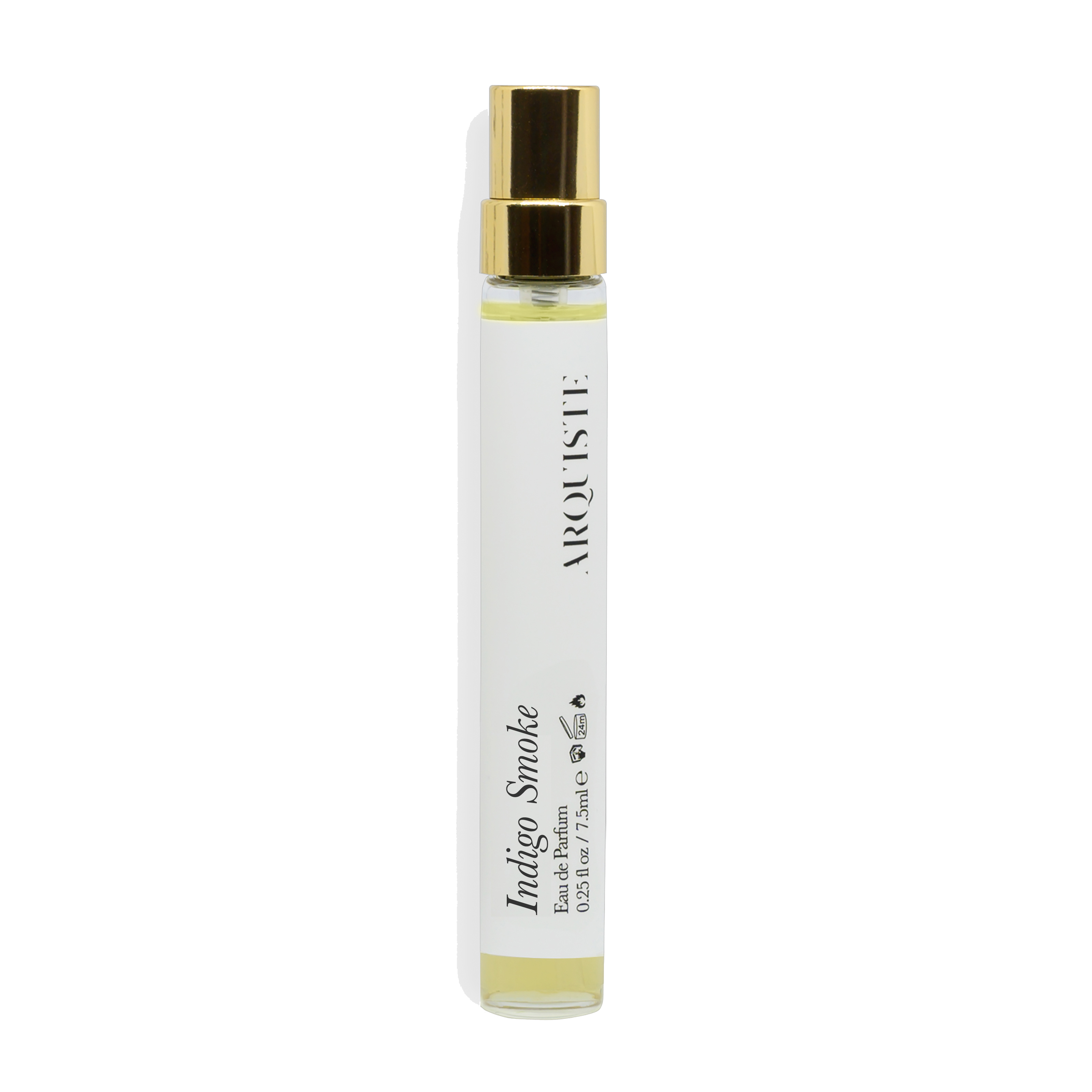
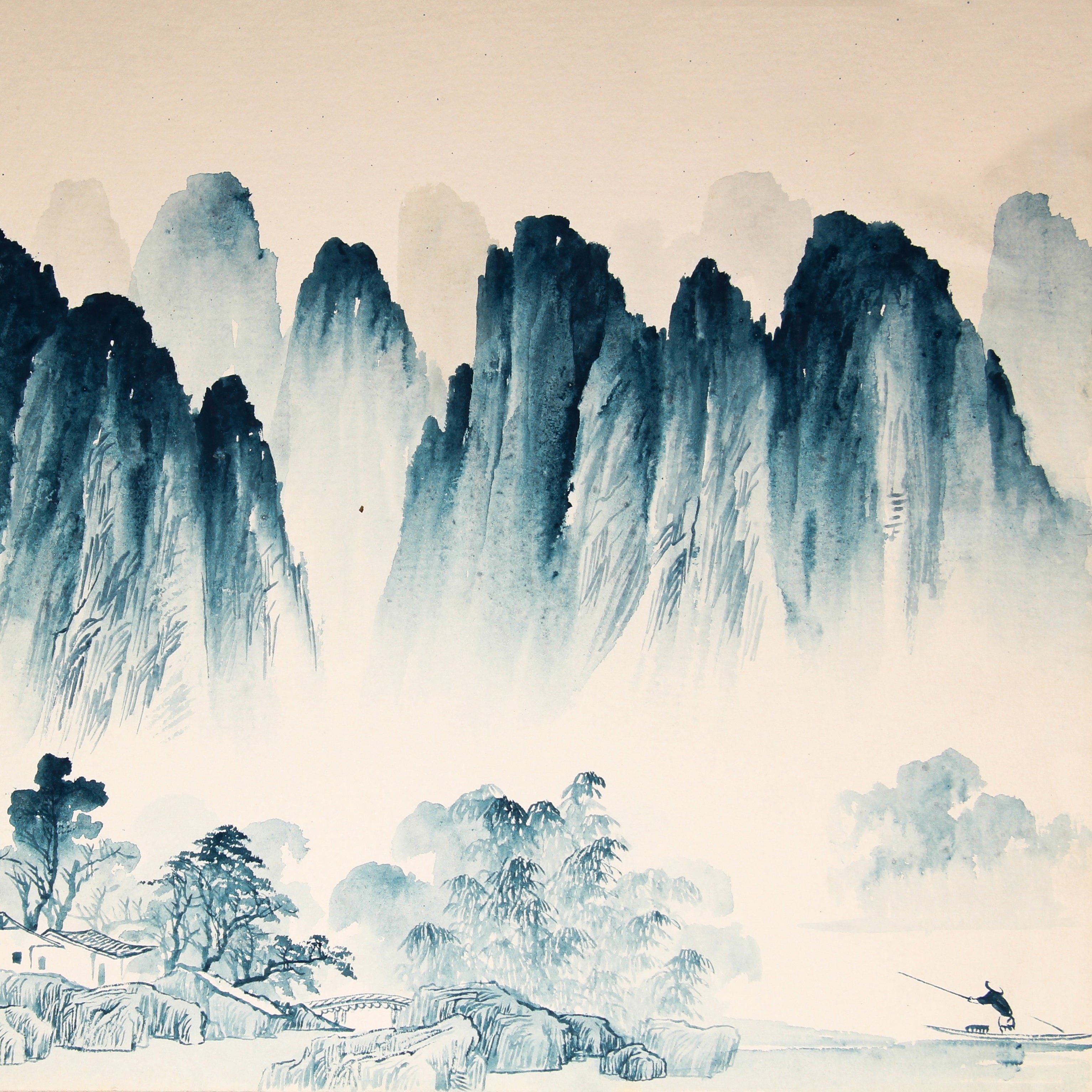
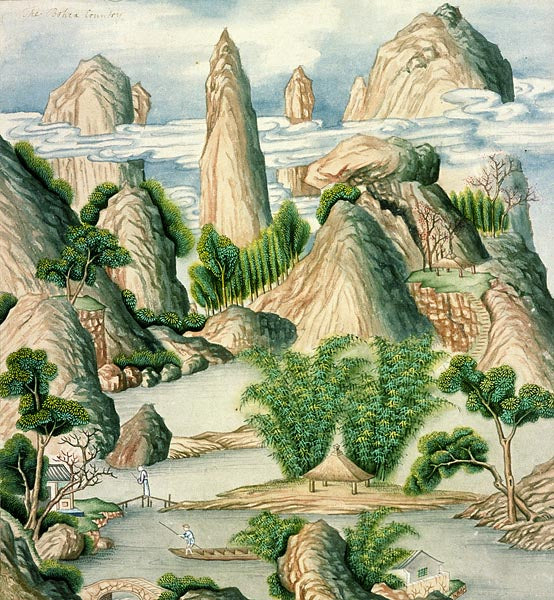
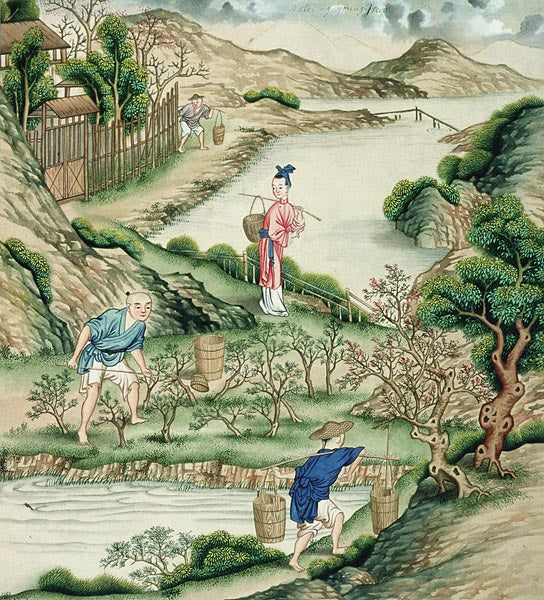
Top Notes
Bergamot
Bigarade orange oil
Lapsang souchong accord
Vetiver
Heart Notes
Apricot accord
Cassia oil
Carrot seed oil
Gaiac wood
Vanilla absolute
Base Notes
Maté tea absolute
Cedar leaf oil
Pine tar
Incense
Intro
Evoking the traditional smoking of tea leaves in ancient China, Indigo Smoke is an aromatic landscape of narrow serpentine rivers, blue mountains and incense-filled temples condensed into a complex formula of black tea, woody notes and incense. Rich, realistic and long-lasting. With notes of lapsang souchong tea, mandarin orange, apricot, guaiac wood, incense and pine tar.
7.5 ml / 0.25 fl oz. Portable size.
*Try our travel sprays, then receive a code to enjoy a $30 credit towards your first 100ml bottle.
*Travel sprays not returnable.
History
May 1646, Wuyi Mountains, Fujian.
For centuries, diligent monks in the Wuyi Mountains have grown tea and indigo plants in neatly terraced plantations. In 1646, their monasteries were attacked by Qing soldiers from the north. As the monks were forced to flee, they smoked batches of tea leaves over pinewood fire to preserve their crops. This would become the smoky lapsang souchong tea. Mixing with the fresh mountain air and the incense from nearby shrines, the intoxicating plumes of indigo smoke captured the colors of the Wuyi Mountains and their dramatic river narrows.
Developed with Calice Becker.
Description
Created with master perfume Calice Becker, Indigo Smoke is a fragrance for every gender, inspired by the aromatic history of lapsang souchong tea. Like the mountain terraces from which it originated, it encapsulates an aromatic landscape of indigo blues, purples and greens.
7.5 ml / 0.25 fl oz. travel spray. Portable, convenient and practical.
More
- Lapsang souchong was first created in 1646, as civilians in the Wuyi Mountain areas fled from Qing soldiers who were advancing through the area on their Manchu unification campaign against the Southern Ming. Before they fled, to avoid spoilage of newly plucked leaves, batches were quickly dried over fire and buried in sacks. Afterwards, despite the odor, the tea leaves were shipped and sold to the Dutch traders. At the time, the months-long journey from China to Europe necessitated preservation methods and the partial oxidation of this Wuyi tea was better able to preserve its quality. The smoky souchong tea sold and the Dutch returned to request more. Lapsang Souchong was perhaps the first black tea ever produced and traded.The trade name would later become lapsang souchong from the Fuzhou dialect: La (pine) Sang (wood) with souchong meaning "small sort" referring to the leaves used.
- In the 16th century, farmers in Wuyi began growing tea and indigo side by side on the mountainside, on estates owned by Buddhist or Taoist monasteries. The farmers cut terraces into the slopes, and built a system of dikes and drains. During the Ming dynasty, monks also developed a new technique for stopping the oxidation process of tea, pan-firing the leaves in a dry wok rather than steaming them as had been done previously. This produced a darker, more fragrant type of tea.
- Lapsang souchong is manufactured similar to black tea but with an intermediary step of smoking. Traditionally pine wood is used for this, and the leaves are processed within a smoke house. The indoor withering is done with the leaves laid out on bamboo mats and turned and rolling at intervals. Many of the compounds making up its wood-smoked aroma, originate in the pine smoke and are not found in other kinds of tea.
- The Wuyi Mountains are the largest and most representative example of Chinese subtropical forests, including warm coniferous, evergreen and bamboo forests. The landscape is characterized by beautiful winding river valleys flanked by dramatic columnar or dome-shaped cliffs.
Bio
- Rose, Sarah,For All the Tea in China: How England Stole the World's Favorite Drink and Changed History, Penguin Books, 2011.
- Britannica Educational Publishing, The Geography of China: Sacred and Historic Places, Kenneth Pletcher, editor. Britannica Educational Publishing, 2010.
- UNESCO World Heritage Centre, Mount Wuyi, United Nations Educational Scientific and Cultural Organization. Retrieved 9 Apr 2021.
- Hargett, James M., Jade Mountains and Cinnabar Pools: The History of Travel Literature in Imperial China, University of Washington Press, Seattle, 2018.
- Wang, Yin-Zheng, Chapman, Geoffrey P. The Plant Life of China: Diversity and Distribution, Springer Berlin Heidelberg, New York, 2002.
- Heiss, M. L.; Heiss, R. J., The Story of Tea: A Cultural History and Drinking Guide The World Tea Encyclopaedia, Troubador Publishing, 2017.
- Yong Liu, The Dutch East India Company's Tea Trade with China, 1757-1781, Brill Publishers, 2007.
- Yao, S. S.; Guo, W. F.; Lu, Y.; Jiang, Y. X, Flavor Characteristics of Lapsang Souchong and Smoked Lapsang Souchong, a Special Chinese Black Tea with Pine Smoking Process, Journal of Agricultural and Food Chemistry, 2005.
- Martin, Laura C.,. A History of Tea: The Life and Times of the World's Favorite Beverage, Tuttle Publishing, 2018
- Benn, James A., Tea in China: A Religious and Cultural History, Hong Kong University Press, 2015
- Berg, Maxine, ed., Goods from the East, 1600-1800: Trading Eurasia, Palgrave Macmillan, 2015.
- Hohenegger, Beatrice, Liquid Jade: The Story of Tea from East to West, St. Martin's Press, 2014.
- Mair, Victor H.; Hoh, Erling, The True History of Tea, Thames & Hudson, 2009.
Image

INDIGO SMOKE
Payment Methods





Shipping
ARQUISTE ships exclusively within the continental United States.
Please allow 1-3 days for us to receive and process your order during busy seasons. East Coast customers: Please add 3-4 business days after order processing. Central and West coast customers: 5-7 business days after order processing. To avoid delays or lost packages ARQUISTE® strongly recommends adding package protection to your order and shipping with UPS Ground.







INDIGO SMOKE
Top Notes
Bergamot
Bigarade orange oil
Lapsang souchong accord
Vetiver
Heart Notes
Apricot accord
Cassia oil
Carrot seed oil
Gaiac wood
Vanilla absolute
Base Notes
Maté tea absolute
Cedar leaf oil
Pine tar
Incense
Intro
Evoking the traditional smoking of tea leaves in ancient China, Indigo Smoke is an aromatic landscape of narrow serpentine rivers, blue mountains and incense-filled temples condensed into a complex formula of black tea, woody notes and incense. Rich, realistic and long-lasting. With notes of lapsang souchong tea, mandarin orange, apricot, guaiac wood, incense and pine tar.
7.5 ml / 0.25 fl oz. Portable size.
*Try our travel sprays, then receive a code to enjoy a $30 credit towards your first 100ml bottle.
*Travel sprays not returnable.
History
May 1646, Wuyi Mountains, Fujian.
For centuries, diligent monks in the Wuyi Mountains have grown tea and indigo plants in neatly terraced plantations. In 1646, their monasteries were attacked by Qing soldiers from the north. As the monks were forced to flee, they smoked batches of tea leaves over pinewood fire to preserve their crops. This would become the smoky lapsang souchong tea. Mixing with the fresh mountain air and the incense from nearby shrines, the intoxicating plumes of indigo smoke captured the colors of the Wuyi Mountains and their dramatic river narrows.
Developed with Calice Becker.
Description
Created with master perfume Calice Becker, Indigo Smoke is a fragrance for every gender, inspired by the aromatic history of lapsang souchong tea. Like the mountain terraces from which it originated, it encapsulates an aromatic landscape of indigo blues, purples and greens.
7.5 ml / 0.25 fl oz. travel spray. Portable, convenient and practical.
More
- Lapsang souchong was first created in 1646, as civilians in the Wuyi Mountain areas fled from Qing soldiers who were advancing through the area on their Manchu unification campaign against the Southern Ming. Before they fled, to avoid spoilage of newly plucked leaves, batches were quickly dried over fire and buried in sacks. Afterwards, despite the odor, the tea leaves were shipped and sold to the Dutch traders. At the time, the months-long journey from China to Europe necessitated preservation methods and the partial oxidation of this Wuyi tea was better able to preserve its quality. The smoky souchong tea sold and the Dutch returned to request more. Lapsang Souchong was perhaps the first black tea ever produced and traded.The trade name would later become lapsang souchong from the Fuzhou dialect: La (pine) Sang (wood) with souchong meaning "small sort" referring to the leaves used.
- In the 16th century, farmers in Wuyi began growing tea and indigo side by side on the mountainside, on estates owned by Buddhist or Taoist monasteries. The farmers cut terraces into the slopes, and built a system of dikes and drains. During the Ming dynasty, monks also developed a new technique for stopping the oxidation process of tea, pan-firing the leaves in a dry wok rather than steaming them as had been done previously. This produced a darker, more fragrant type of tea.
- Lapsang souchong is manufactured similar to black tea but with an intermediary step of smoking. Traditionally pine wood is used for this, and the leaves are processed within a smoke house. The indoor withering is done with the leaves laid out on bamboo mats and turned and rolling at intervals. Many of the compounds making up its wood-smoked aroma, originate in the pine smoke and are not found in other kinds of tea.
- The Wuyi Mountains are the largest and most representative example of Chinese subtropical forests, including warm coniferous, evergreen and bamboo forests. The landscape is characterized by beautiful winding river valleys flanked by dramatic columnar or dome-shaped cliffs.
Bio
- Rose, Sarah,For All the Tea in China: How England Stole the World's Favorite Drink and Changed History, Penguin Books, 2011.
- Britannica Educational Publishing, The Geography of China: Sacred and Historic Places, Kenneth Pletcher, editor. Britannica Educational Publishing, 2010.
- UNESCO World Heritage Centre, Mount Wuyi, United Nations Educational Scientific and Cultural Organization. Retrieved 9 Apr 2021.
- Hargett, James M., Jade Mountains and Cinnabar Pools: The History of Travel Literature in Imperial China, University of Washington Press, Seattle, 2018.
- Wang, Yin-Zheng, Chapman, Geoffrey P. The Plant Life of China: Diversity and Distribution, Springer Berlin Heidelberg, New York, 2002.
- Heiss, M. L.; Heiss, R. J., The Story of Tea: A Cultural History and Drinking Guide The World Tea Encyclopaedia, Troubador Publishing, 2017.
- Yong Liu, The Dutch East India Company's Tea Trade with China, 1757-1781, Brill Publishers, 2007.
- Yao, S. S.; Guo, W. F.; Lu, Y.; Jiang, Y. X, Flavor Characteristics of Lapsang Souchong and Smoked Lapsang Souchong, a Special Chinese Black Tea with Pine Smoking Process, Journal of Agricultural and Food Chemistry, 2005.
- Martin, Laura C.,. A History of Tea: The Life and Times of the World's Favorite Beverage, Tuttle Publishing, 2018
- Benn, James A., Tea in China: A Religious and Cultural History, Hong Kong University Press, 2015
- Berg, Maxine, ed., Goods from the East, 1600-1800: Trading Eurasia, Palgrave Macmillan, 2015.
- Hohenegger, Beatrice, Liquid Jade: The Story of Tea from East to West, St. Martin's Press, 2014.
- Mair, Victor H.; Hoh, Erling, The True History of Tea, Thames & Hudson, 2009.
Image

